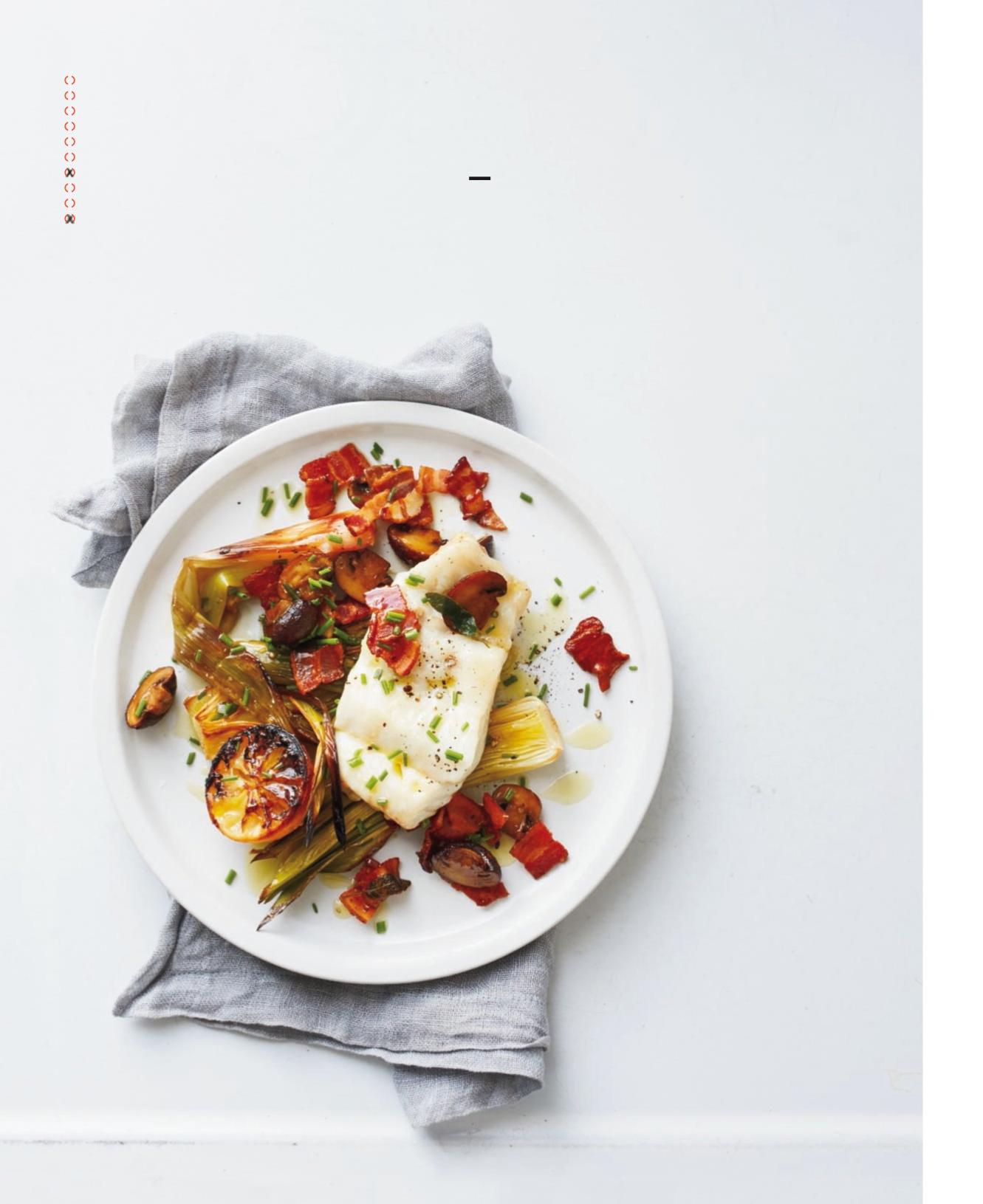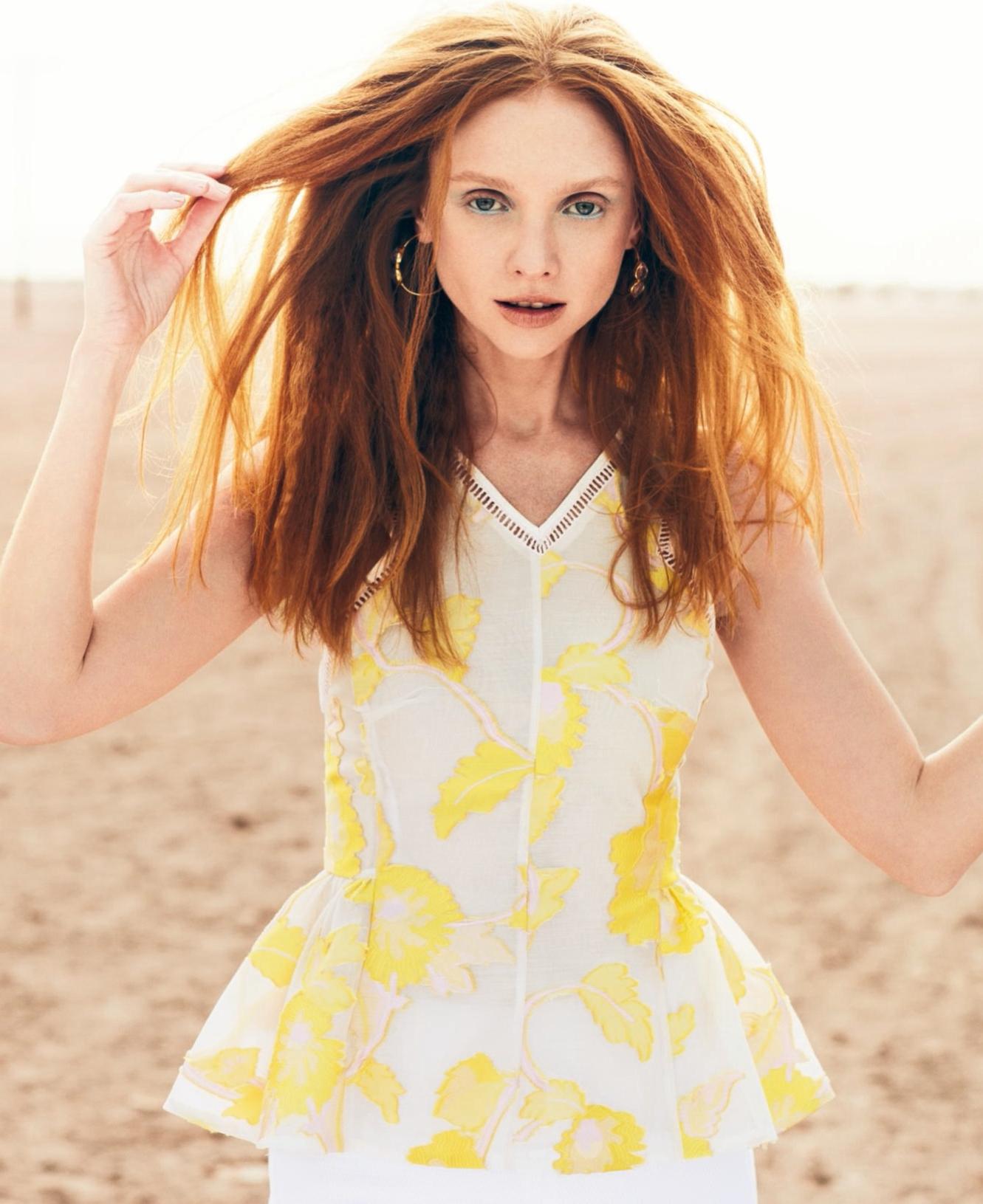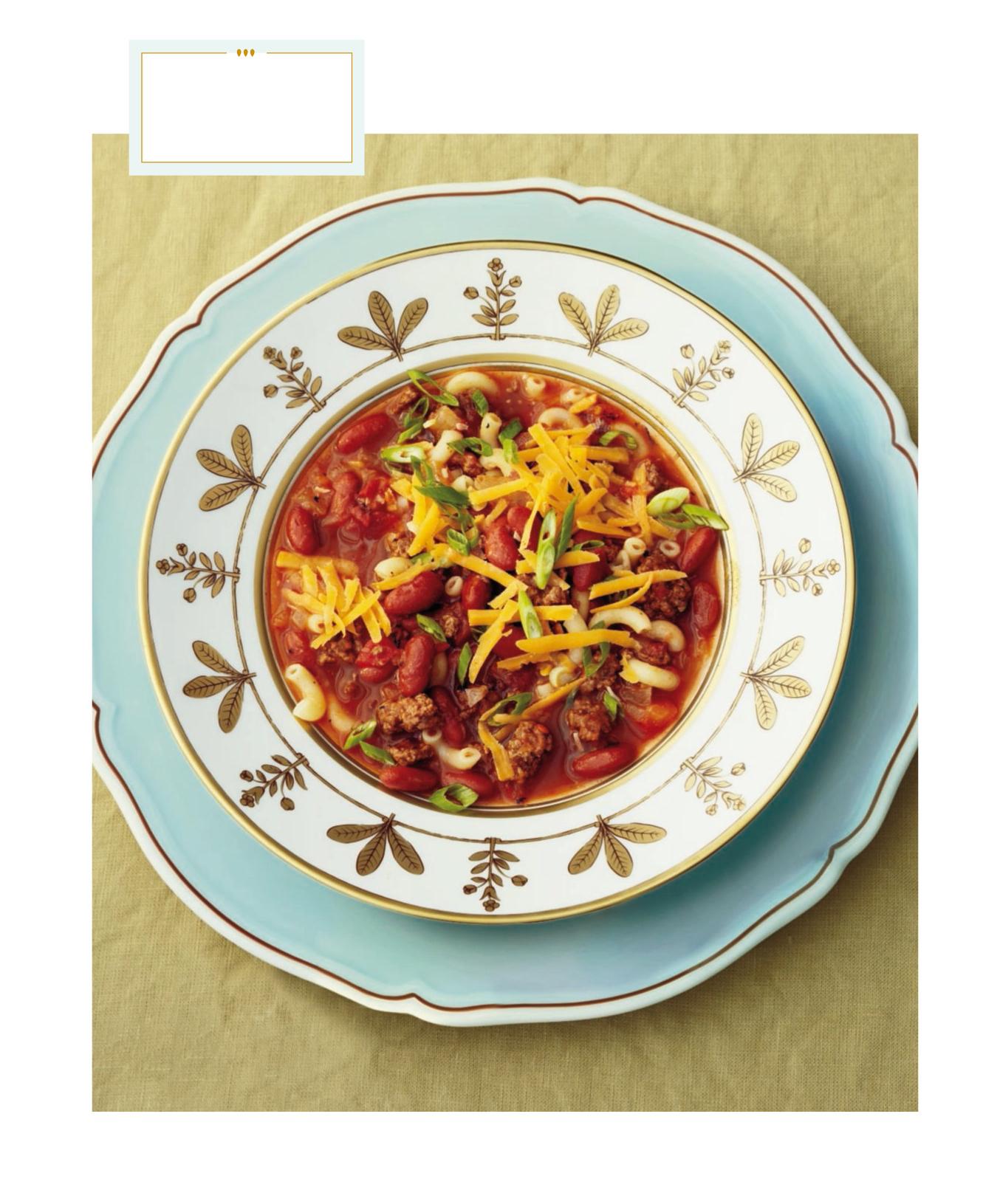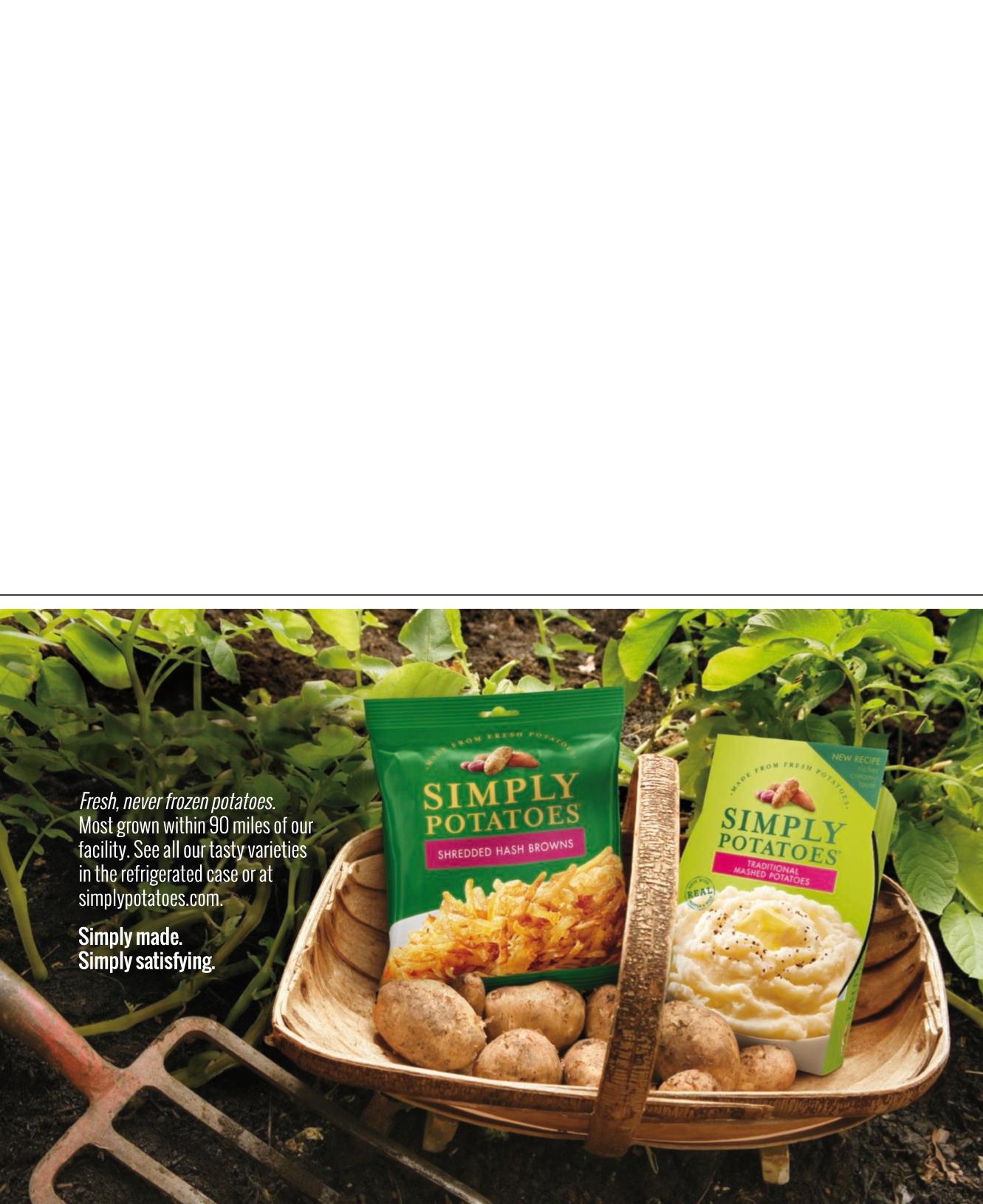
2 minute read
HOW DID WE GET HERE?
from RS - March 2016
HOWDIDWE GET HERE?
Manicures and pedicures
Advertisement
The obsessionwith polished nails has reigned supreme for centuries—which may explainwhyyou feel nakedwithout a couple of coats of BalletSlippers.
Even England’s Queen Mary loves a bargain. Several newspapers report her picking up nail polish at Woolworth’s,a five-and-dime, in 1929.
3000 B.C.
Mixing gum arabic, beeswax, egg whites, gelatin, and vegetable dyes, the Chinese concoct polishes in red and black for royal fingers and toes. Later, during the Ming Dynasty, noble ladies grow fingernails up to 10 inches long to illustrate their avoidance of labor.
A.D. 1300TO 1700
The typical Renaissance-era manicure? Bleach hands with lemon juice, massage with almond oil and honey, then swaddle in chamois gloves overnight.
LATE 1800S
Nail grooming becomes big business. The nail trimmer and the emery board are patented, and Mary E. Cobb opens America’s first nail salon for manicures in New York City.
1910S TO 1920S
Manicures and pedicures are no longer just for the well-to-do. Housewives start to do their own nails when Cutex introduces mass-market sheer polish in 10 shades.
1930S
Movie stars like Bette Davis sport the moon manicure—a half-moon at the base of the nail is left bare, the tips are finished in white, and the center is painted red (thanks to Revlon’s first opaque polish, in 1932). “And just like that, nail art is born!” says Deborah Lippmann, the founder and creative director of the eponymous nail-polish line.
1970S
In a quest for the perfect 10, square acrylic nails replace the real thing; ridge fillers create a super-smooth lacquered surface; and the chic, white-tipped French manicure debuts, courtesy of Orly’s founder, Jeff Pink (who, by the way, is from Israel, not France).
Around 1400 to 1300 B.C., Egyptian royals, including Queen Nefertiti, dip-dye their tips in saffronhued henna.
Before Cutex offers nail-polish remover, in 1928, women wait for polish to chip off or apply another (lumpy) coat over the last.
1980S
Olympic gold-medal sprinter Florence Griffith Joyner, a.k.a. Flo-Jo, sets the mani bar high with her 3- to 6-inch-long multicolored talons. Many American women also opt to go to great lengths. Lee Press Ons adhesive fake nails become all the rage, while products to strengthen and grow natural nails pull in about $1 billion in 1988.
2010S
Treatments get exotic (and expensive): A pedicure that involves tiny fish devouring dead skin is banned in more than 10 states but is trendy in others; Brits pay 120 pounds for crystal-pavé pedis; and a California spa charges up to $300 to apply snakeskin to nails.
2016
MANI-PEDI PARTIES POP UP IN THE 2000S AS THE GO-TO GIRLFRIENDS’ BONDING EXPERIENCE.
For the last few years, nail art—crackle finishes, geometric prints, peel-off foils—has been going strong. The newest craze is negative space, in which some sections are left bare and others are painted in. “It’s similar to how cutout shoulders and crop tops add youthfulness to a look,” says Madeline Poole, a global color ambassador for Sally Hansen.
Written by N.Jamiyla Chisholm










